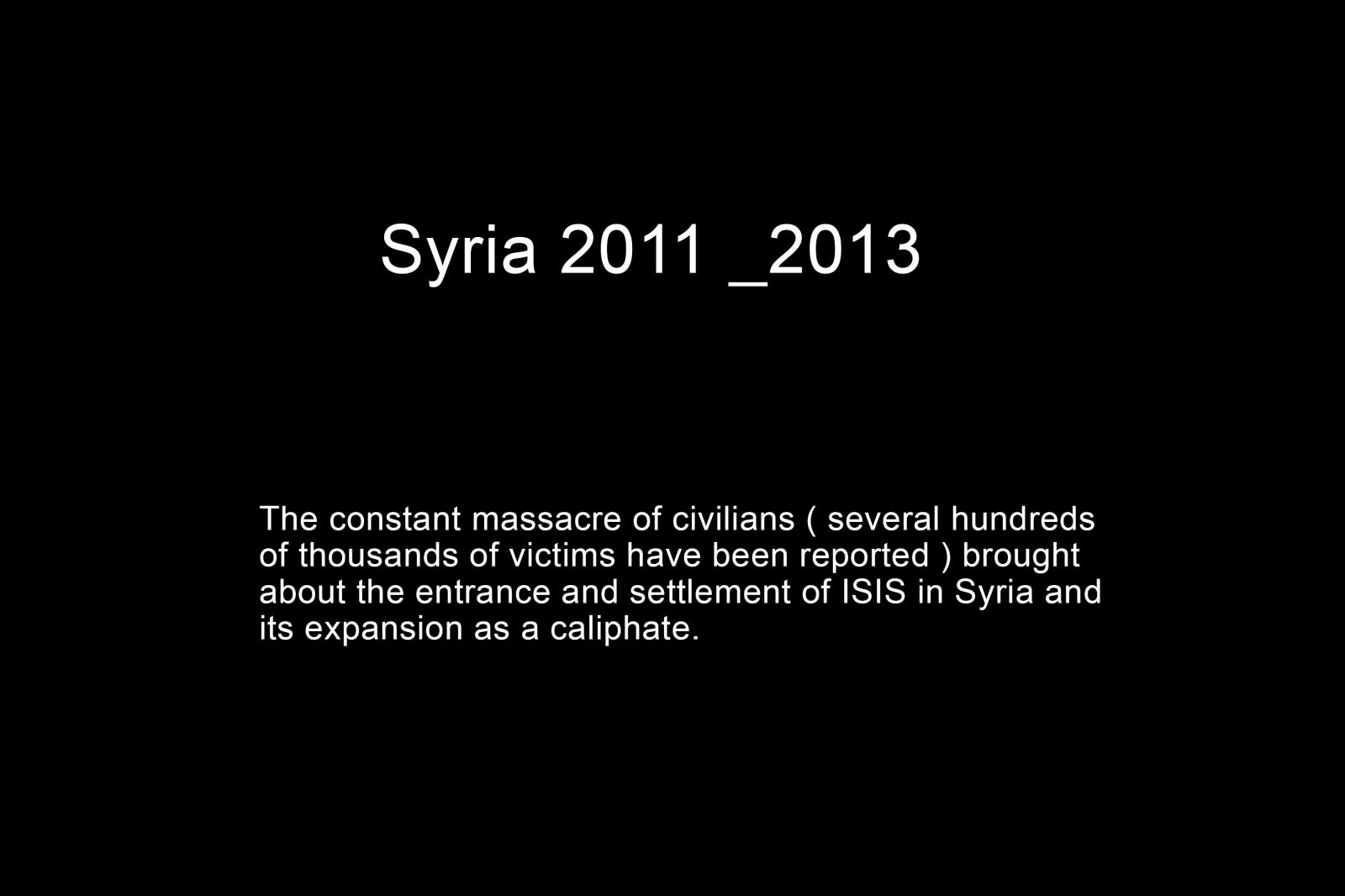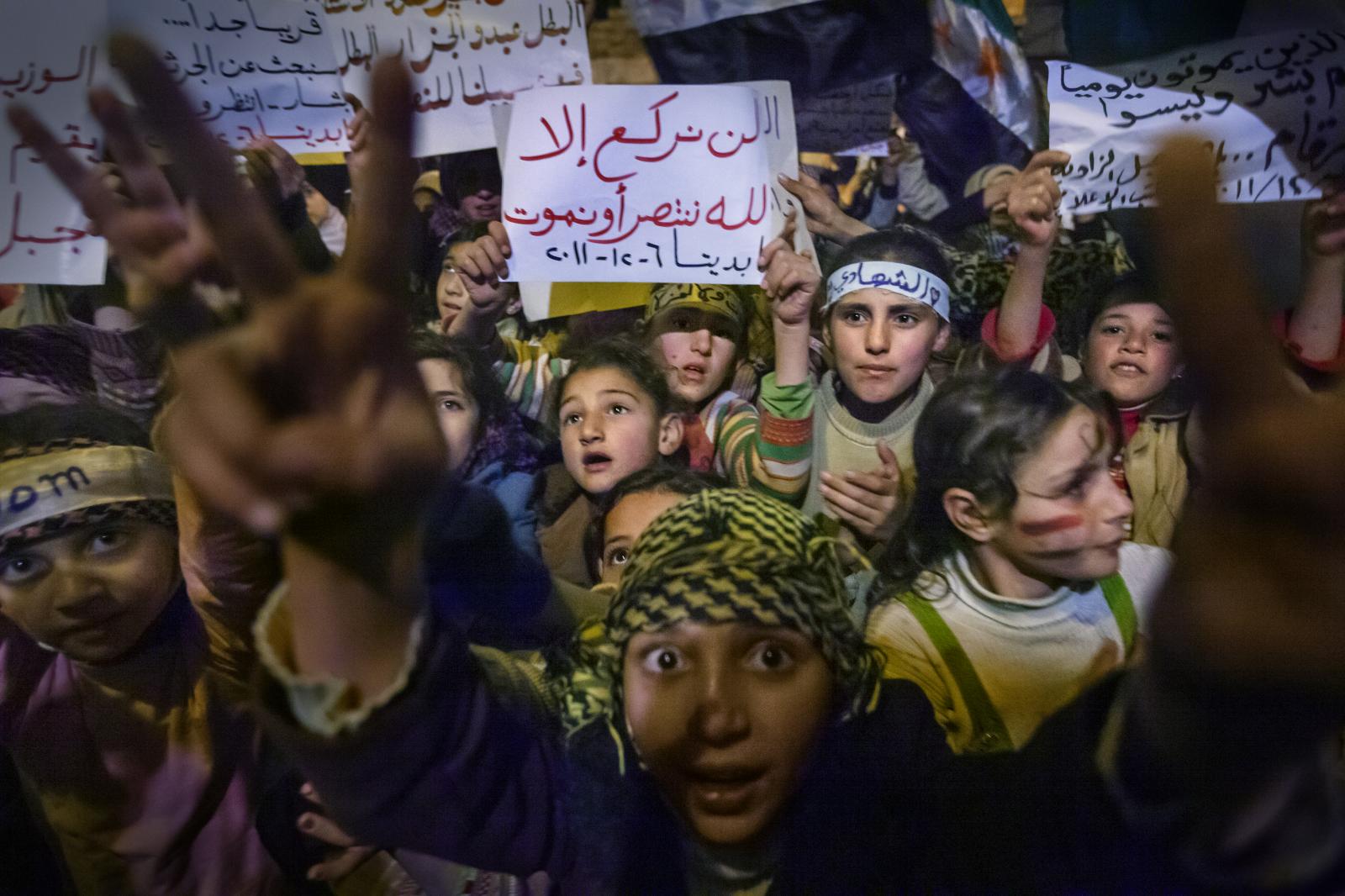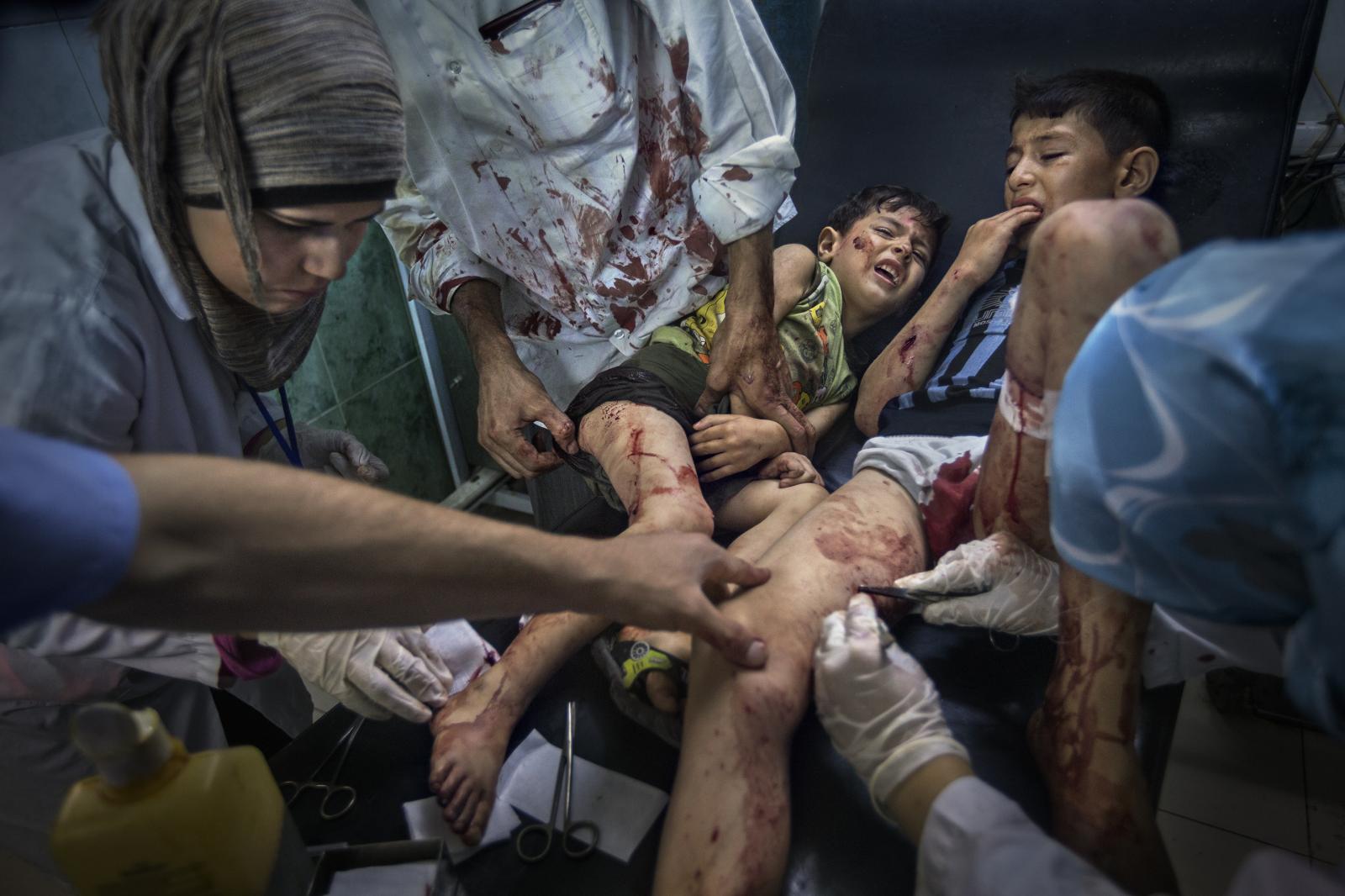Public Story
Syria (2011-2013)
Fade to Black
It’s Better to Die Standing Than to Live on Your Knees. —Emiliano Zapata
The Rise and Fall of the Caliphate of ISIS 2011 - 2019 Syria, Iraq, and Libya
This quote attributed to Emiliano Zapata during the Mexican Revolution, to Dolores IbaÌrurri during the Spanish Civil War and to Che Guevara during the Cuban Revolution never ceases to amaze me.
On one of my recent trips to a Syrian prison, I met again with two of the alleged members of "The Beatles" (the quartet of executioners and guards of 21 Western hostages, including myself together with Spanish journalists Javier Espinosa and Marc Marginedas), who became a media sensation because of the murders of James Foley, Steven Sotloff, Peter Kassig, David Haines, Alan Henning and Sergei Gorbunov. Sergei, who died in anonymity, was "lucky" enough to be killed with a bullet to the head instead of being decapitated alive. It speaks volumes that two of the men who were supposed to be elite soldiers, who have 72 virgins and many other pleasures awaiting them in paradise, try to stay alive at any cost and do not have the courage to die in the manner they supposedly decided "to live": without fear of death.
Now that they have lost their three capitals and all the territory they had managed to hold onto in the area of Deir ez-Zor, with the fall of the last enclave in Al-Baghouz they have lost the legitimacy to call themselves Islamic State. How ISIS will evolve is an enigma for security forces, for analysts, for the civilian population it victimizes and probably for the militants themselves.
This work is the result of nine years chasing the Islamic State. It is the rise and fall of it, in the three countries that formed it: Syria, Iraq and Libya and in the main battles for its three capitals in Raqqa, Mosul and Sirte, in addition to others that marked the beginning of the end as that of Kobane or Sinjar and the final battle of Baghouz in March of the same year. ISIS sowed death and destruction,resulting in hundreds of thousands of victims. This is his story
























